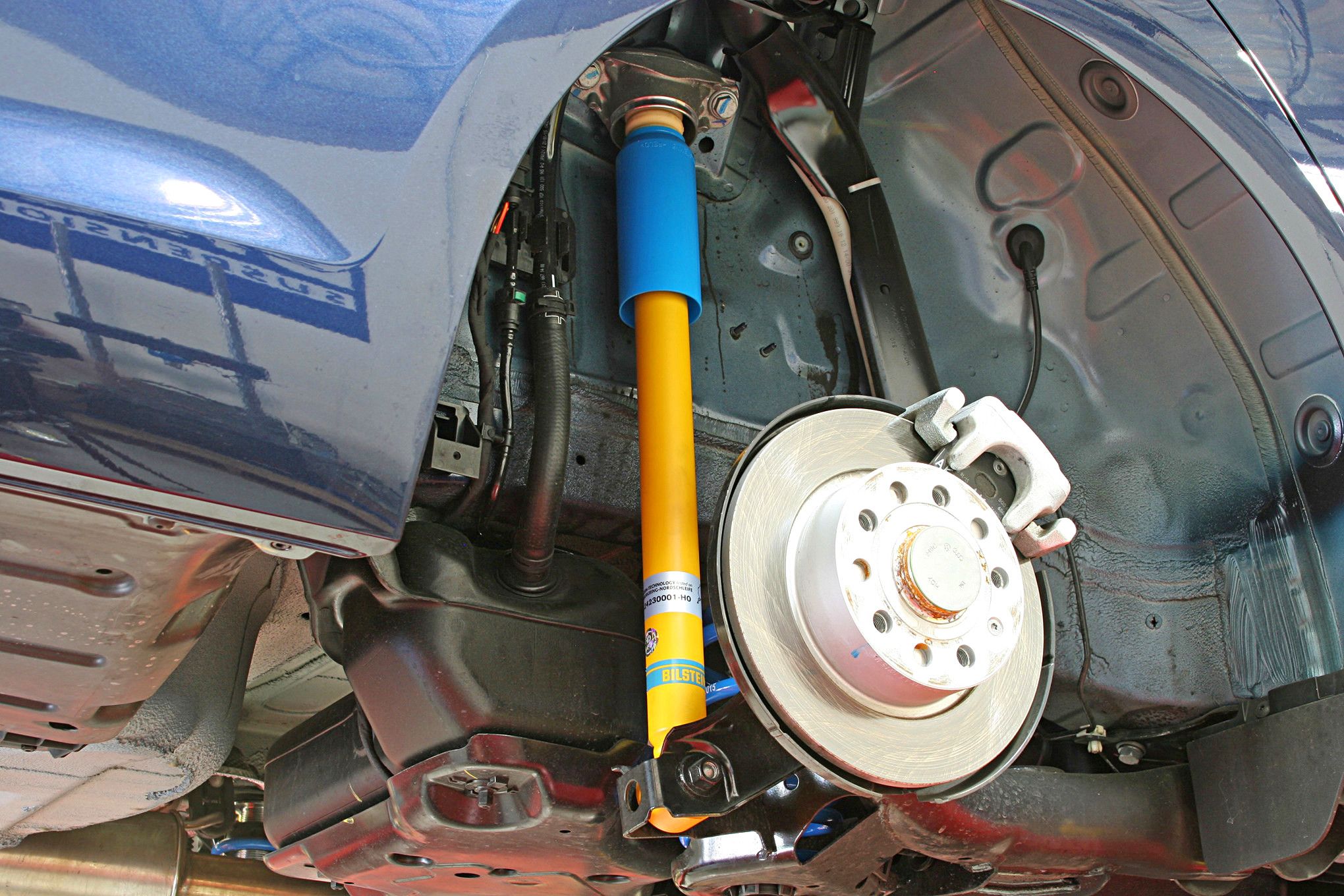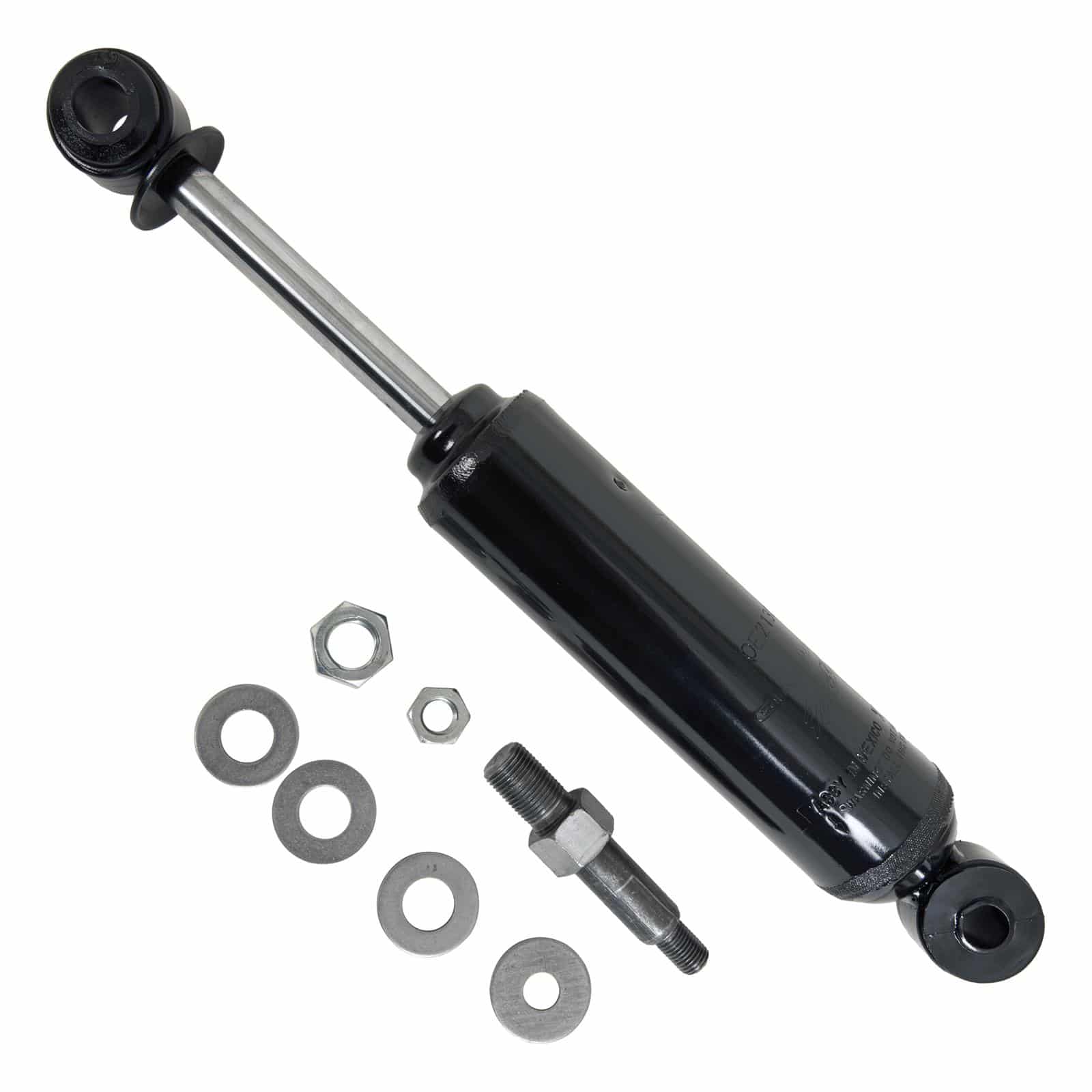
Shocks/Struts & Suspension
If you’re enjoying a comfortable ride, it’s because your shocks/struts and suspension system are functioning properly — keep your wheels in contact with the road.
When shocks/struts or springs go bad, your ride may get bouncy or uncomfortable. The front end of the vehicle may “dive” or lose control while making a sudden stop. Your car may swerve more than normal while changing lanes, or your vehicle may sag in the front or the rear. If something isn’t right in this part of your car — if components are worn or loose – you’ll probably notice that handling and stability deteriorate. You may also notice accelerated tire wear.
Suspension System
Your suspension system consists of:
- Control arms
- Ball joints
- Springs (coil or leaf)
- Shock absorbers
- Struts
Shocks, struts and coil springs: What’s the difference?
Shocks
Shocks can wear out in as little as 25,000 to 30,000 miles. This is due to the constant motion your vehicle. For safety and comfort, check your shocks about once a year.
Struts
Most front-wheel drive cars have a McPherson strut suspension system, which combines the coil springs and shocks into one unit. Struts cost more, but typically have a longer life than conventional shock absorbents. However, struts wear out and should be checked about once a year or so to be safe.
Coil Spring
Coil springs help shocks and struts keep vehicle bounce to a minimum. With time, the spring weakens. All springs sag with age. For your comfort and safety, have your coil springs checked about once a year or so.



